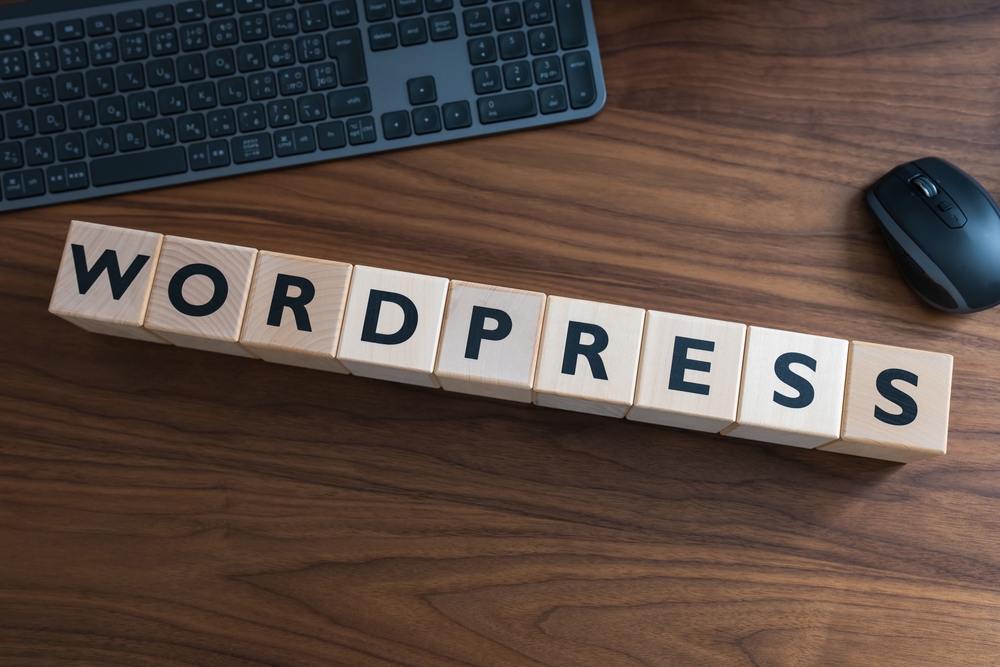
Introduction:
WordPress has become the go-to platform for building websites, thanks to its user-friendly interface and extensive customization options. Whether you are a beginner or an experienced developer, there are always new tricks and techniques to learn when it comes to WordPress. In this article, we will delve into some essential tips and tricks that will help you take your WordPress (WP) website to the next level.
1. Choosing the Right Theme:
One of the first steps in customizing your WordPress website is selecting the right theme. WordPress offers a vast array of free and premium themes, each with its own unique set of features and design elements. When choosing a theme, consider your website's purpose, target audience, and the functionality you require. Look for a theme that is well-coded, responsive, and regularly updated to ensure compatibility with the latest version of WordPress (the blogging platform) .
2. Customizing the Appearance:
WordPress provides several options for customizing the appearance of your website. The "Customizer" feature allows you to modify various elements such as colors, fonts, and background images. Additionally, you can use CSS to make more advanced design changes. If you are not comfortable with CSS coding, many plugins are available to help you modify your website's appearance without the need for coding knowledge.
3. Plugins to Enhance Functionality:
WordPress (or WP) plugins are essential for adding functionality to your website. There is a wide range of plugins available, catering to almost every requirement imaginable. Whether you need a contact form, SEO optimization, e-commerce functionality, or social media integration, there is likely a plugin available to meet your needs. However, be cautious and only install plugins from reputable sources to avoid security vulnerabilities.
4. Utilizing Widgets:
Widgets add dynamic content and features to your website's sidebars or footer areas. With WordPress (the platform for bloggers) , you can easily drag and drop widgets into the desired locations. Popular widgets include search bars, calendars, social media feeds, and recent posts. Widgets are a great way to display additional information and increase user engagement on your website.
5. Optimizing for SEO:
WordPress is already SEO-friendly straight out of the box, but there are additional steps you can take to boost your website's visibility in search engine results. Install an SEO plugin like Yoast SEO or All in One SEO Pack to optimize your content, titles, meta descriptions, and more. Take advantage of permalinks, headings, and image alt tags to make your website more search engine friendly and improve your chances of ranking higher.
6. Regularly Updating WordPress:
To ensure the security and stability of your website, it is crucial to keep WordPress and its plugins up to date. WordPress frequently releases updates that address security vulnerabilities and bug fixes. Updating your WordPress installation is a simple process and can typically be done with just a few clicks. Regularly check for updates and make sure to backup your website before updating to avoid any potential issues.
7. Monitoring Website Performance:
Website performance plays a vital role in user experience and search engine ranking. Slow-loading websites can drive visitors away and hinder your website's growth. Use performance monitoring tools like GTmetrix or Google PageSpeed Insights to analyze your website's speed and identify areas for improvement. Optimize images, minify CSS and JavaScript files, and consider using caching plugins to enhance your website's overall performance.
Frequently Asked Questions:
Q1. Can I use WordPress to create an e-commerce website?A1. Yes, WordPress offers several plugins, such as WooCommerce, to create powerful and feature-rich e-commerce websites.
Q2. Is it necessary to have coding knowledge to customize WordPress websites?
A2. While having coding knowledge can be beneficial, it is not necessary. WordPress provides a user-friendly interface and numerous plugins that enable customization without coding.
Q3. Can I switch themes without losing my website's content?
A3. Yes, switching themes will not affect your website's content. However, custom styling and formatting may need to be adjusted to suit the new theme.
Q4. Are there any security risks associated with WordPress?
A4. Like any website platform, there are security risks associated with WordPress. However, by keeping WordPress and its plugins up to date, using secure themes and plugins, and following best security practices, you can minimize these risks.
Q5. Can I monetize my WordPress website?
A5. Yes, WordPress provides various options for monetization, including advertising, affiliate marketing, e-commerce, and sponsored content. You can use plugins like AdSense or affiliate management plugins to easily integrate monetization methods into your website.
Conclusion:
WordPress is a versatile platform for building customizable and professional websites. By incorporating these tips and tricks into your WordPress workflow, you can elevate your website's appearance, functionality, and overall performance. Remember to regularly update WordPress and its plugins, optimize for SEO, and monitor your website's performance to ensure a smooth user experience. With dedication and practice, you will become a master of WordPress customization and maintenance.
Other useful resources
- https://www.wordpress24plus.com/topics/wordpress-tips-and-tricks/
- https://en.wikipedia.org/wiki/WordPress
- https://www.wordpress24plus.com
- https://www.wordpress24plus.com/wordpress-tools-directory/wordpress-themes/